

Your lower jaw is connected to your jaw via the temporomandibular joint, or TMJ. Just like any other muscle, the TMJ can suffer from soreness or inflammation if it becomes overworked or damaged. The result is a TMJ disorder, or TMD. When left alone, TMD can leave you in constant pain, limit your ability to open and move your mouth, and may even contribute to the wearing down of your teeth. No matter what the cause of your TMD is, Dr. Nelson Y. Howard will get to the bottom of your condition and figure out the best form of treatment for stopping the pain and preventing further damage with custom plans for TMJ treatment in San Marcos, CA.
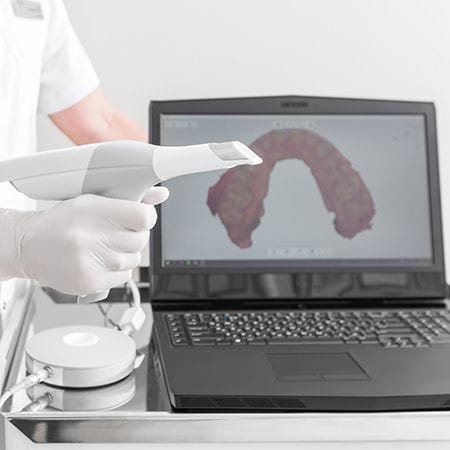
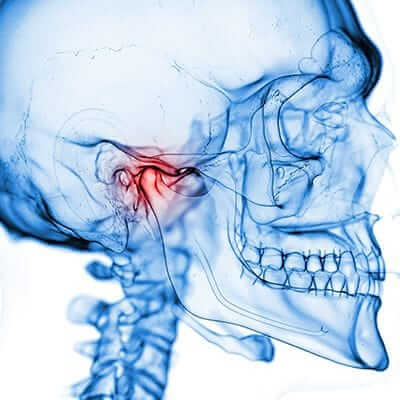
You have one TMJ located on either side of your face, just in front of your ear. When functioning properly, the TMJ lets you move your mouth freely and chew all kinds of foods. Naturally, it’s an extremely strong joint. However, it’s also surprisingly delicate and can be damaged in a number of ways. One particularly common issue is bruxism; if you grind your teeth together at night (typically due to stress), the pressure on your jaw will lead to a TMD. If the problem goes unaddressed for long enough, your teeth will start to wear away as well. At some point, your jaw may not even function properly anymore due to excessive tension. TMJ treatment is meant to prevent the long-term consequences of your disorder. We recommend getting in touch with our dental office as soon as possible once you realize that you’re suffering from a recurring jaw pain.
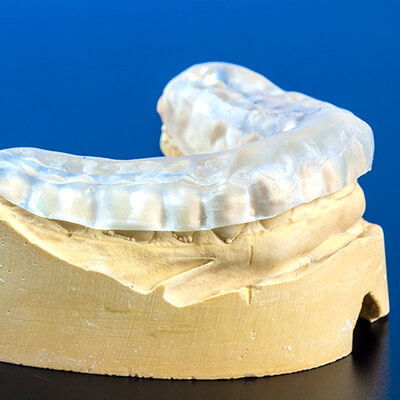
You might have a TMD if you’re suffering from pain or tenderness in your jaw, or if you notice an aching pain around your ear. In some cases, a TMD can make it difficult to chew your food, and you might periodically have trouble opening or closing your mouth at all. We’ll need to check your jaw to confirm that you really are suffering from a TMD before deciding on a form of treatment. In some cases, you can simply wear an occlusal splint; at other times, occlusal adjustments may be necessary.
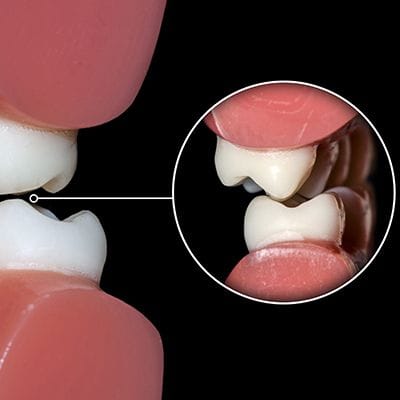
Sometimes it’s the little things that can have the biggest impact on your jaw. When your teeth are imperfectly positioned (a condition called malocclusion), you may not be able to close your mouth properly. This prevents your jaw muscles from relaxing, leading to bruxism and, eventually, a TMJ disorder. The occlusal adjustment process involves looking at the teeth to see where contact is occurring, then smoothing out the troublesome areas. This process continues until all of the teeth meet in the proper position.
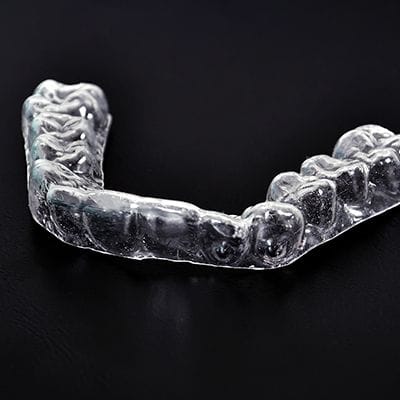
An occlusal splint is an especially sophisticated type of mouthguard used to treat TMD and stop bruxism. Each splint is made based on models of your jaws. It provides support to the TMJ and the surrounding muscles. It will also help guide the jaw as it moves from side to side and front to back. In some cases, an occlusal splint can also be modified to reposition the lower jaw and improve breathing, which is useful for patients who are also suffering from sleep apnea. Your occlusal splint will be uniquely designed based on your situation.